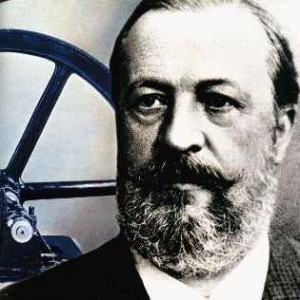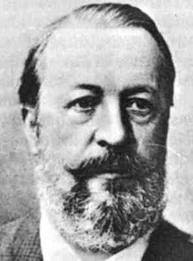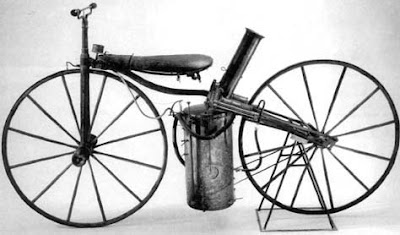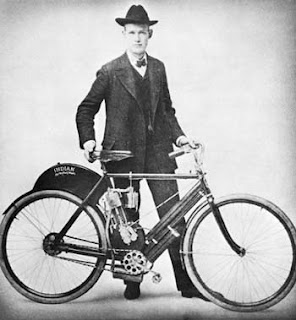 |
| NICOLAUS DIGNIFIED OTTO |
The postmaster’s son and skilled businessman was active in his spare time as a mechanical engineer and founded in 1864 together with Eugen Langen, the first engine factory in the world. Under the umbrella of “Deutz gas engine factory” Nicolaus Dignified Otto developed a gas engine in 1876 with the four-stroke opinion, which provided the prototype for all subsequent combustion engines. 1884 Otto invented the electrical detonation of its gas engines. With this change, it became possible to also use liquid fuel to an alternative to the previously only used gas. The “petrol engine” meant the initial impetus for the development of the automobile and the rise of the related industry. Nicolaus Dignified Otto was born on 14 June 1832 in Holzhausen on the heath in the Taunus born.
His father was postmaster. With school, Otto did an apprenticeship as a merchant. He then worked as a clerk in Frankfurt / Main and Cologne. In addition to his professional activities, Mr. Otto was interested in technology early on. With 1860, the Luxembourg Jean Joseph Etienne Lenoir had introduced the first practical gas engine to the public, in 1862, Otto started experimenting with four-stroke engines. 1864 Otto called a meeting with the engineer Carl Eugen Langen, the “NA Otto Cie.” the first engine factory in the world to life.
 |
| NICOLAUS DIGNIFIED OTTO |
In 1869 she founded the “gas-engine manufacturer Deutz AG”. Lenoir’s invention developed on the basis of Otto and Langen a gas combustion engine that worked on the four-stroke opinion, and they 1867 World Exhibition in Paris open to the public. There he received an award as the engine consumed much less fuel than Lenoir’s model. Otto developed the invention continuously and in 1876 a four-stroke gas engine was built with superior density, which provided the prototype for all subsequent combustion engines and became known as “gasoline engine” in the automotive history.
In 1882 he was awarded by the Faculty of Philosophy, University of Würzburg an honorary doctorate. 1884 Otto laid before an electrical detonation system, with its gas engines could be started. This allowed the use of liquid fuels now as an alternative to gas. Nicolaus Otto died on 26 January 1891 in Cologne.
the evolution of the harley-davidson motorcycle


